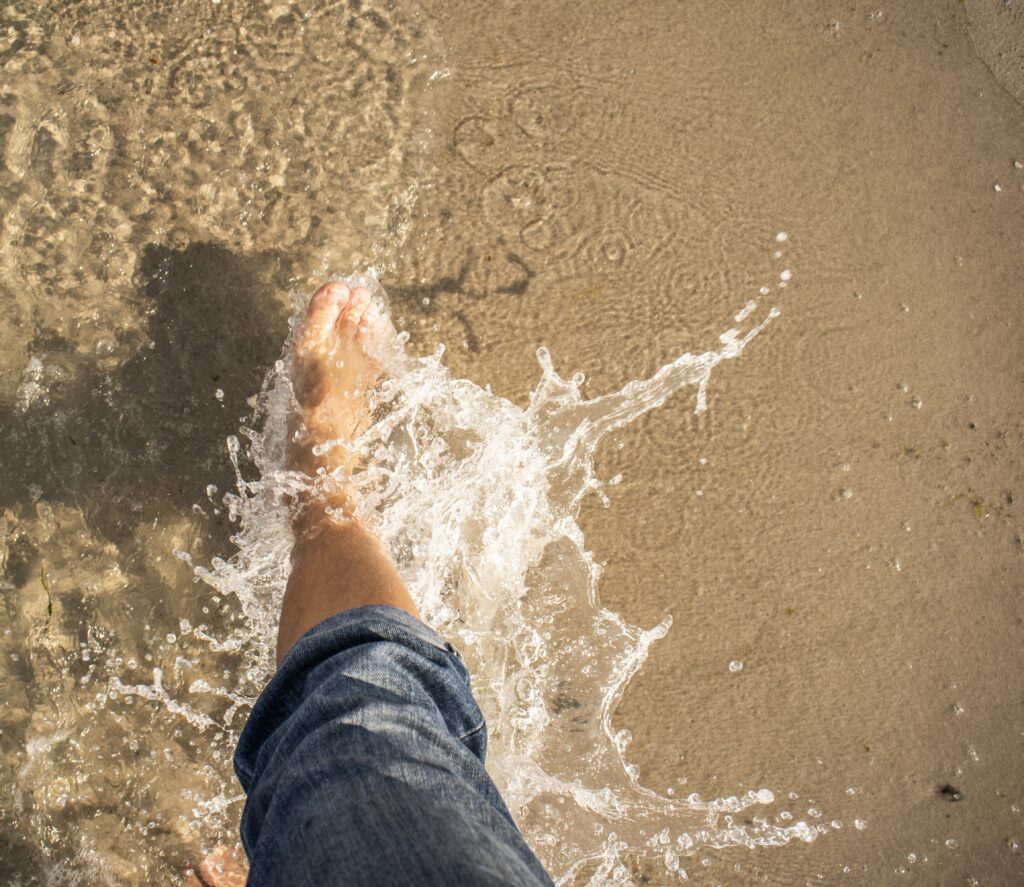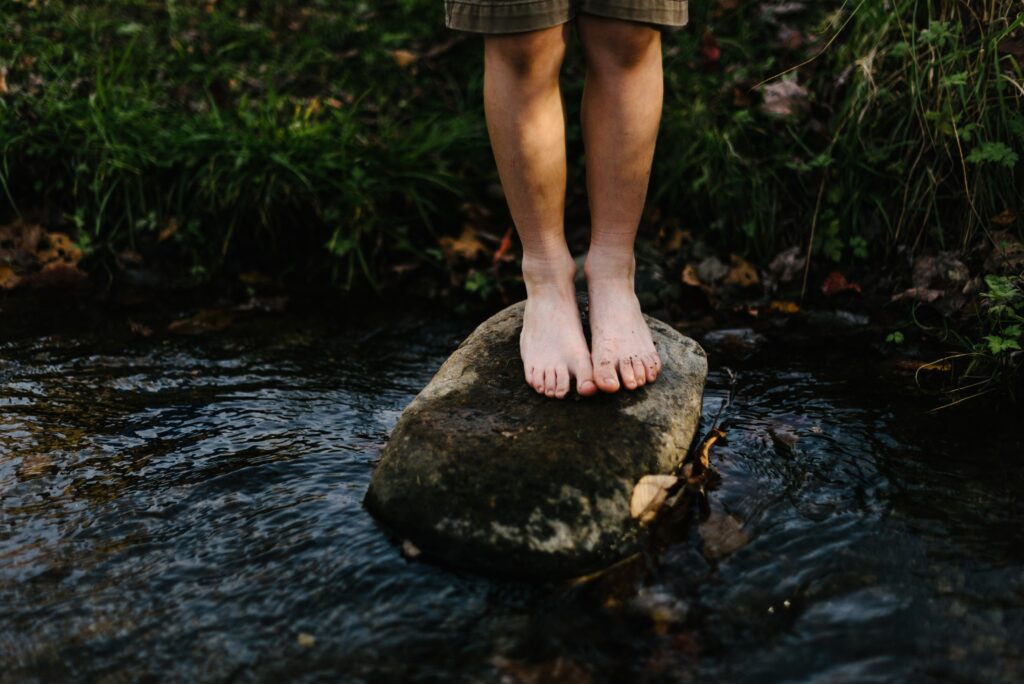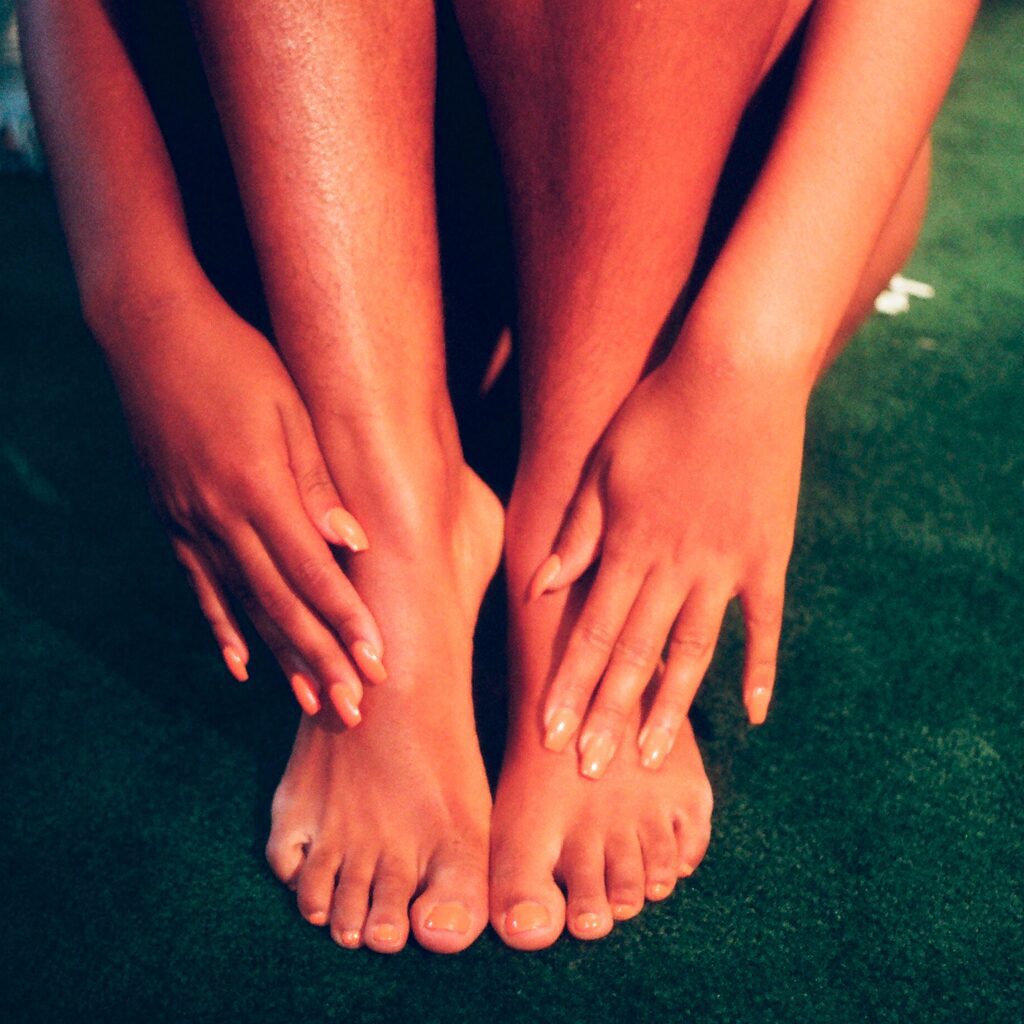Have you ever wondered why proper foot placement on a skateboard is so important? Well, let’s dive into this fascinating subject! When it comes to skateboarding, how you position your feet on the board can make all the difference in your ride. The right foot placement ensures stability, control, and the ability to execute tricks with precision. So, whether you’re a beginner or a seasoned skateboarder, understanding the significance of proper foot placement is crucial for maximizing your performance and having a smooth and enjoyable ride. Let’s explore the ins and outs of this essential skill!
The Basics of Foot Placement
Understanding the Skateboard’s Deck
Before delving into the importance of foot placement on a skateboard, it is crucial to understand the anatomy of a skateboard deck. The deck, typically made of layered wood, is the main platform where a skateboarder stands and performs various tricks. It is essential to have a good grasp of the deck’s structure and dimensions to effectively position your feet for optimal balance and control.
The Role of Foot Placement in Balance
Proper foot placement is pivotal in maintaining balance while skateboarding. By strategically positioning your feet on the deck, you establish a solid foundation and enhance your ability to maintain equilibrium. The correct foot placement allows you to distribute your body weight evenly, reducing the chances of tipping over or losing control. Furthermore, it enables you to respond quickly and adjust your body accordingly, keeping you stable and centered while performing tricks or riding.
Importance of Weight Distribution
Weight distribution plays a significant role in skateboarding, and foot placement directly affects this factor. By positioning your feet correctly, you can distribute your weight in a way that maximizes stability and control. When executing tricks, such as ollies or flips, weight distribution on the front and back foot is crucial for generating power and achieving the desired height and rotation. Understanding the optimal weight distribution for each trick and mastering foot placement is vital for executing tricks with precision and style.
Proper Foot Positioning Techniques
The Stance: Regular or Goofy
One of the first decisions a skateboarder makes when it comes to foot placement is determining their stance—regular or goofy. Regular stance involves placing your left foot at the front of the board while pushing with your right foot, while goofy stance is the opposite—right foot at the front and left foot for pushing. Finding your natural stance is important as it sets the foundation for your foot placement and overall comfort while skateboarding.
Front Foot Placement
The position of your front foot is key to achieving stability and control. For regular stance, place your front foot at a slight angle, with the ball of your foot just behind the front bolts of the skateboard. This positioning allows for optimal maneuverability and control over the board. In contrast, for goofy stance, the front foot should be angled similarly but placed just behind the front bolts on the opposite side of the deck. Experiment with your front foot placement to find the most comfortable and effective position that suits your style and preferences.
Back Foot Placement
The placement of the back foot often varies depending on the specific trick or maneuver being performed. In general, the back foot should be positioned across the tail of the skateboard with the toes hanging slightly over the edge. This placement provides leverage and control when executing various tricks, allowing for efficient pop and flick movements. However, the exact positioning of the back foot may change depending on the desired outcome, and experimenting with different placements can lead to discovering new techniques and variations.

Achieving Stability and Control
Keeping the Feet Shoulder-Width Apart
Maintaining the correct distance between your feet is crucial for stability and control. In most cases, keeping your feet shoulder-width apart provides a solid and balanced foundation. This distance allows for better weight distribution and stability while riding, as well as efficient execution of tricks. Strive to stay aware of your foot position during skateboarding sessions, ensuring that you maintain the desired shoulder-width distance for optimal control and stability.
Bending the Knees for Balance
Achieving balance involves utilizing the body’s natural mechanics, and bending the knees is an essential component of this process. By keeping your knees slightly bent, you lower your center of gravity, which enhances stability and allows for quick adjustments while riding or performing tricks. This posture also absorbs impact and shock when landing after jumps or executing tricks, reducing the risk of injury. Remember to maintain a relaxed stance and avoid locking your knees for better balance and control.
Maintaining a Low Center of Gravity
Maintaining a low center of gravity is crucial for stability and maneuverability on a skateboard. By keeping your body low and centered, you improve your control over the board and minimize the chances of losing balance. This becomes especially important when executing tricks that require quick movements and changes in direction. Practice crouching or squatting slightly while riding to optimize your center of gravity and enhance your overall skateboarding performance.
Enhancing Board Control
Using Toes and Heels for Steering
Proper foot placement is not solely about positioning the feet on the board but also utilizing them for steering and control. By applying pressure and shifting your weight between the toes and heels, you can initiate turns and control the direction of the skateboard. Tilting your feet slightly inward or outward can help you achieve sharper or wider turns, respectively. Experiment with different pressures on the toes and heels to gain a better understanding of how foot placement affects steering and board control.
Adjusting Foot Angles for Maneuverability
Foot angles play a crucial role in maneuverability and executing various tricks. Depending on the desired outcome, you may want to adjust the angles of your feet to achieve different levels of responsiveness and control. By tilting your front foot slightly in the desired direction of the turn or trick, you can enhance maneuverability and execute precise movements. Similarly, adjusting the angle of your back foot can affect the amount of pop and flick generated during tricks, enabling you to execute flips or rotations with more control.
Optimizing Grip Tape Contact
The grip tape on the skateboard deck provides essential traction and helps maintain a solid connection between your feet and the board. Proper foot placement ensures optimal contact between the grip tape and the soles of your shoes, maximizing control and preventing foot slippage. Pay attention to the alignment of your feet and ensure they are centered over the grip tape, allowing for maximum grip and board control.

Mastering Tricks and Techniques
Foot Placement for Ollies and Pop Tricks
Ollies and pop tricks are fundamental maneuvers in skateboarding, requiring precise foot placement to generate power and achieve height. For ollies, position your back foot at the tail, while the front foot should be slightly behind the bolts. This foot placement enables you to initiate the pop and flick movements necessary for launching the board off the ground. Experiment with different angles and pressures to find the perfect balance and timing for executing successful ollies and pop tricks.
Kickflip Foot Positioning
Kickflips are a staple in skateboarding and require specific foot positioning for successful execution. Place your front foot diagonally across the board, with the ball of your foot on or just behind the front bolts. This position allows for optimal control and flicking movement when executing the kickflip. The back foot should be positioned at the tail, slightly angled across the skateboard, ready to provide the necessary pop and scoop. Practicing the correct foot placement for kickflips is essential to achieve consistent and stylish execution.
Foot Placement in Grinds and Slides
Grinding and sliding on railings, curbs, or other surfaces requires precise foot placement to maintain balance and achieve a smooth and controlled slide. The front foot should be positioned similarly to an ollie, slightly behind the front bolts, ready to apply pressure and guide the board along the surface. The back foot is typically positioned with the toes hanging slightly over the edge, providing stability and control while sliding. Experiment with different foot placements and adjustments to find the most comfortable and effective technique for grinding and sliding.
Avoiding Injuries
Preventing Foot Slippage
Maintaining proper foot placement not only enhances control but also helps prevent foot slippage, a common issue that can result in injury. By positioning your feet correctly and maximizing contact with the grip tape, you reduce the risk of your feet sliding off the board during tricks or rough landings. Regularly check the condition of your grip tape and replace it if it becomes worn, as this can significantly affect traction. Additionally, using skate shoes with grippy soles can further minimize the chances of foot slippage and improve overall board control.
Reducing Risk of Ankle Injuries
Proper foot placement also plays a role in reducing the risk of ankle injuries. By positioning your feet securely on the board, you provide stability and minimize the chances of rolling or twisting your ankles during tricks or sudden movements. Remember to keep your ankles in a neutral position, neither overly flexed nor extended, to maintain optimal stability and prevent unnecessary strain. Additionally, wearing appropriate ankle support, such as ankle braces, can provide an added layer of protection during skateboarding sessions.
Impact on Overall Skateboarding Safety
Proper foot placement not only enhances performance but also contributes to overall skateboarding safety. By maintaining balance, control, and stability through correct foot positioning, you reduce the risk of falls, collisions, and other accidents. Consistently practicing and paying attention to foot placement allows you to develop good habits that not only improve your skateboarding skills but also ensure a safer and more enjoyable experience on your skateboard.

Optimizing Performance and Style
Creating a Personalized Foot Placement
Skateboarding is a highly individualistic sport, and each skateboarder may prefer slightly different foot placements based on their unique preferences and style. While there are general guidelines for foot placement, it is essential to experiment and find what works best for you. Take into account the length and shape of your feet, as well as your comfort and control preferences, when developing your personalized foot placement technique. Embrace the freedom to adapt and adjust your foot positioning to reflect your personality and enhance your performance.
Exploring Different Theories and Methods
Skateboarding is a dynamic sport that encourages innovation and experimentation. Foot placement is no exception, with various theories and methods proposed by skateboarders and coaches alike. Take the time to explore different techniques and ideas, whether through instructional videos, skateboarding magazines, or discussions with fellow skateboarders. By broadening your knowledge and embracing different perspectives on foot placement, you can expand your skill set and uncover new approaches to riding and executing tricks.
Effect on Individual Skateboarding Techniques
Proper foot placement can have a significant impact on individual skateboarding techniques. Depending on the style or type of skateboarding you enjoy, different foot placements may be more suitable. For example, street skaters might prioritize foot placement for precise flipping and sliding movements, while freestyle skaters might focus on maximizing stability and balance during intricate flatland tricks. Recognizing the influence of foot placement on your preferred skateboarding techniques allows you to refine your skills and push the boundaries of your abilities.
Impact on Freestyle and Street Skating
Foot Placement in Flatland Tricks
Flatland skateboarding is a style that emphasizes tricks performed on a flat surface, such as parking lots or skateparks. In this discipline, foot placement plays a critical role in executing intricate and technical tricks. Skateboarders often experiment with foot angles, positioning, and weight distribution to achieve the desired rotation, balance, and style. Fine-tuning foot placement in flatland tricks allows for greater control and enhances the visual appeal of the maneuvers.
Foot Positioning for Rail and Stair Tricks
Street skateboarding, characterized by tricks performed on urban fixtures like railings and stairs, requires specific foot placement to ensure stability and control during high-impact maneuvers. Skateboarders often position their feet to optimize balance, flick, and pop on rails and stairs. By fine-tuning foot placement, skaters can achieve greater precision and confidence when sliding, grinding, and navigating obstacles. Experimenting with different foot placements can unlock new avenues for executing challenging street tricks.
Importance in Landing and Departing Tricks
Foot placement plays a crucial role in the execution of skateboarding tricks. Properly positioning your feet before landing a trick ensures that you maintain stability and control as you touch down on the skateboard. This allows for a smooth transition from mid-air to the ground, minimizing the chances of stumbling or losing balance. Similarly, the positioning of your feet during the departure from a trick, such as during a manual or transition, impacts your ability to smoothly transition to the next movement or trick. Paying attention to foot placement during landings and departures will enhance your overall skateboarding flow and consistency.
Adapting Foot Placement for Different Terrain
Adjusting Foot Position for Vert Ramps
Vert skateboarding involves riding on steep ramps, often with vertical walls or halfpipes. The unique characteristics of vert ramps necessitate specific foot placement techniques for optimal control and execution. Skateboarders typically position their feet slightly differently on vert ramps, with the front foot angled more towards the nose of the board and the back foot angled across the tail. This adjustment allows for better stability and maneuverability, enabling skaters to achieve higher airs and execute technical tricks on vertical terrain.
Foot Placement for Bowl Skating
Bowl skating requires adapting foot placement to the rounded nature of the skatable surface. In general, skateboarders place their front foot angled similarly to regular stance on flat ground—just behind the front bolts. The back foot is positioned similarly to an ollie, across the tail, ready for leveraging the bowl’s transitions and generating speed. Experimenting with different foot placements in the bowl allows skaters to tailor their style and technique to the unique contours, optimizing maneuverability, and maximizing speed.
Foot Orientation in Downhill Skateboarding
Downhill skateboarding involves riding at high speeds and tackling various slopes and curves. Proper foot orientation is crucial to control speed, maintain stability, and execute precise turns. Skateboarders often point their front foot slightly outward, allowing them to lean into turns and initiate responsive movements. The back foot is typically angled across the tail, ready to provide balance and control. Mastering foot orientation in downhill skateboarding enables skaters to navigate challenging terrains with confidence and precision.
Conclusion
Highlighting the Multifaceted Importance of Foot Placement
Proper foot placement is crucial for maintaining balance, control, and stability while skateboarding. Understanding the skateboard’s deck, the role of foot placement in balance, and the importance of weight distribution provides a solid foundation for optimizing foot positioning techniques. By achieving stability and control through keeping the feet shoulder-width apart, bending the knees for balance, and maintaining a low center of gravity, skateboarders can enhance their overall performance and minimize the risk of injuries.
Encouraging Continuous Improvement
Skateboarding is an ever-evolving sport that requires continuous practice and improvement. By consistently evaluating and refining foot placement techniques, skateboarders can unlock new opportunities for creative expression and technical mastery. Constantly reassessing foot positioning in different scenarios, tricks, and terrains allows for growth and progression as a skateboarder.
Acknowledging the Impact of Personal Preference
Skateboarding is a unique sport that encourages individuality and personal expression. Foot placement is no exception, with skateboarders developing their own preferences and styles. While there are general guidelines, it is important to experiment, adapt, and embrace personal preferences when it comes to foot positioning. Celebrate the diversity of foot placement techniques and find what works best for you to enhance your skateboarding experience and showcase your unique style.

